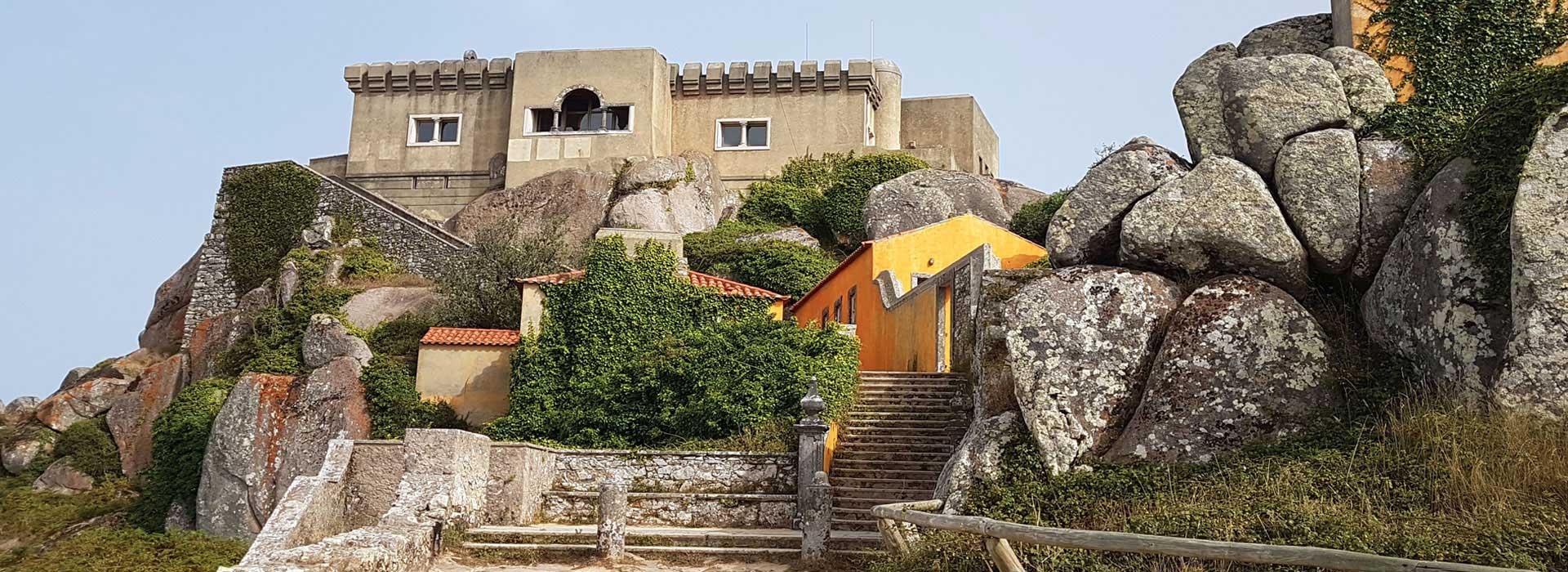
Perched atop a rugged outcrop 448 metres above sea level within the Sintra-Cascais Natural Park, the Sanctuary of Peninha offers breathtaking vistas of the coastline and surrounding landscapes. Since the early days of Christianity in Portugal, a small sanctuary has existed here, marking the spot where the Virgin Mary is said to have appeared to a young shepherdess. The Chapel of Nossa Senhora da Penha was erected at the site of this apparition. Additionally, a minor palace, reminiscent of Sintra's Romantic architecture, was constructed in the 1910s. However, it's the panoramic view that truly steals the show, drawing visitors to marvel at the stunning scenery stretching out before them.
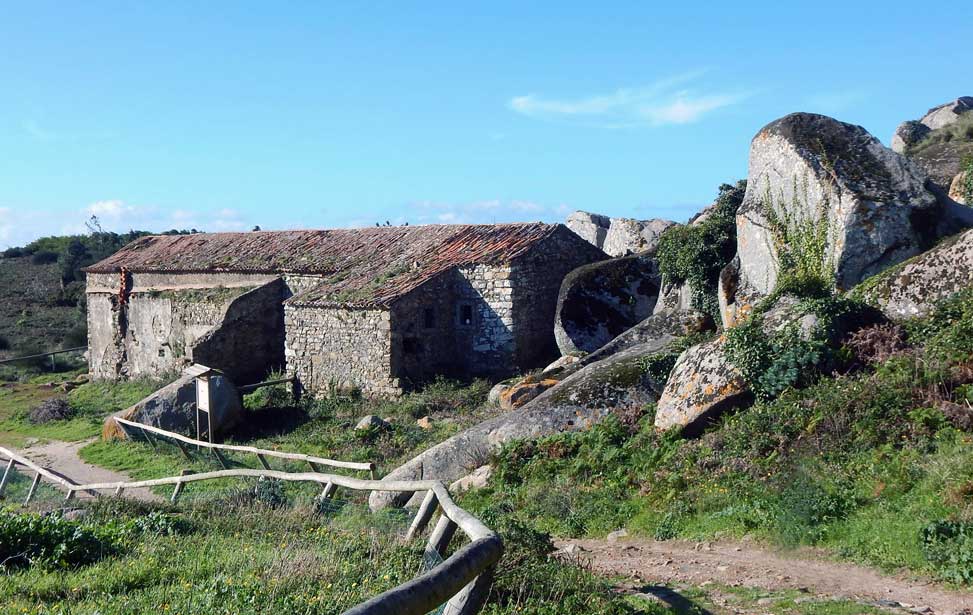
Chapel of Nossa Senhora da Penha
Archaeological findings reveal traces of a small hermitage dating back to Christ's time, alongside a 12th-century Necropolis, featuring graves with cisterns carved directly into the rock. Notably, during Dom João III of Portugal's reign (1521 - 1557), an apparition of the Virgin Mary occurred, capturing widespread attention. Despite initial challenges, the Chapel of Nossa Senhora da Penha was completed in 1711, with support from Dom Pedro II and the monks' diligent efforts. Climbing the rugged 448 metres to this site became an act of penance for hermit monks, while families of sailors sought solace and prayed for their safe return, with ships visible from this strategic viewpoint. Following the dissolution of the monasteries in 1834, the building became a sanctuary for sheep when the chapel was utilised by farmers.

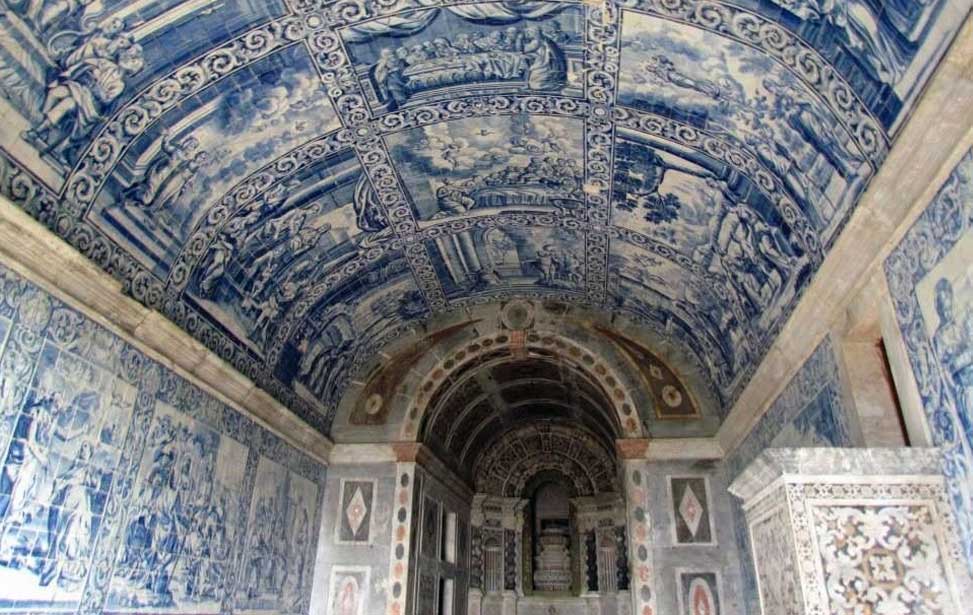
Chapel of Nossa Senhora da Penha
Nested within ancient stone walls lies an exquisite display of Portuguese Baroque architecture. The walls are bedecked with stunning blue and white azulejo tiles, depicting scenes from the life of the Virgin Mary, the Pentecost, and Jesus' childhood. A Florentine mosaic frames the altar, complemented by spiral columns, while the pulpit bears inscriptions from visiting pilgrims. Although the church's interior may not always be accessible, its surrounding terraces offer perpetual access.
Down in the valley, the former Convento São Saturnino has been transformed into a charming hotel, preserving much of its original allure following extensive restoration. Embrace a true escape from the bustle of modern life here, where mobile phone signals fade into oblivion, ensuring an idyllic retreat for guests seeking tranquillity.
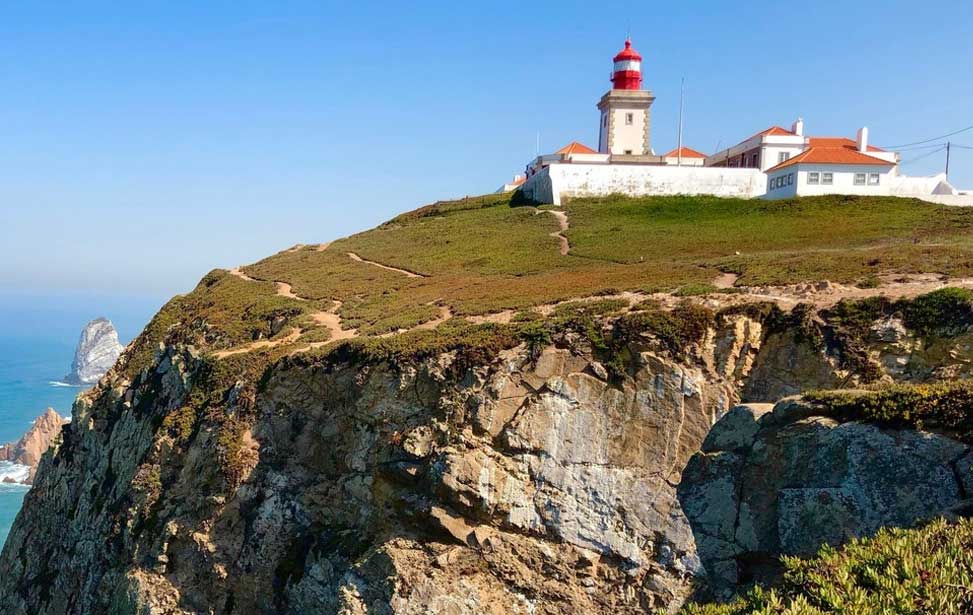
Visit the atmospheric town of Sintra on a full-day, small-group tour from Lisbon, then spend the day exploring the Portuguese coast, Quinta da Regaleira, and Sintra’s historic centre, a UNESCO World Heritage Site. With a mix of guided and un-guided time, discover romantic grottoes and colourful architecture, then get spectacular views to the Atlantic coast from the Serra de Sintra. Including pickup from centrally-located Lisbon as well as entrance fees at the Quinta da Regaleira.
(1,504) | 9 Hr | ✔ Free Cancellation
Check Availability
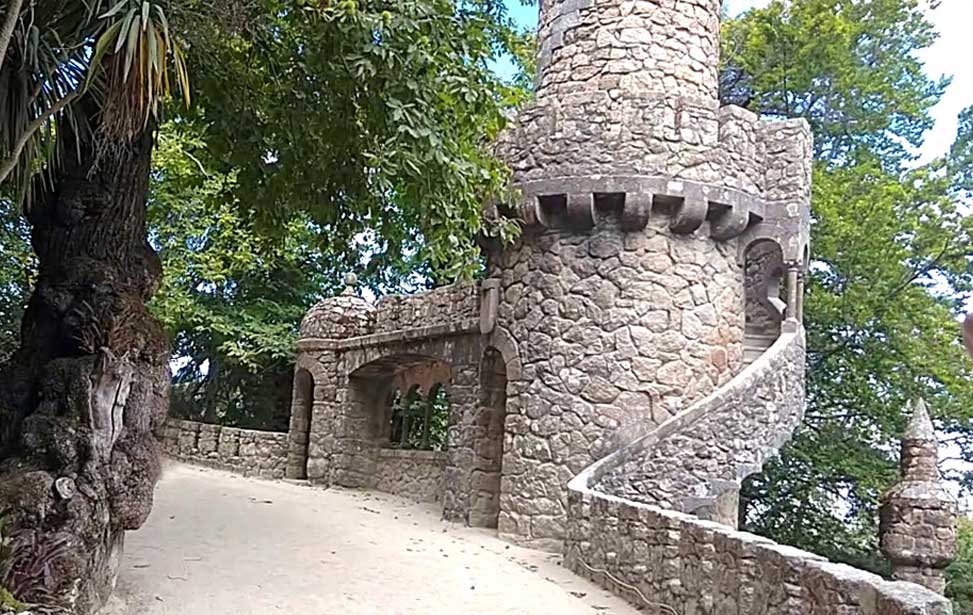
Escape Lisbon’s hustle and explore enchanting Sintra on a full-day tour! Join a small group for guided visits to vibrant Pena Palace and mystical Quinta da Regaleira. Stroll the UNESCO-listed town centre and visit scenic Cabo da Roca and Cascais. Marvel at the Atlantic views from Praia do Guincho, and immerse in Portugal’s royal history. Enjoy convenient, hassle-free transfers from your Lisbon hotel, ensuring a comfortable journey. A small group size promises personal attention from your knowledgeable guide to an enriching experience.
(1,495) | 10 Hr | ✔ Free Cancellation
Check Availability
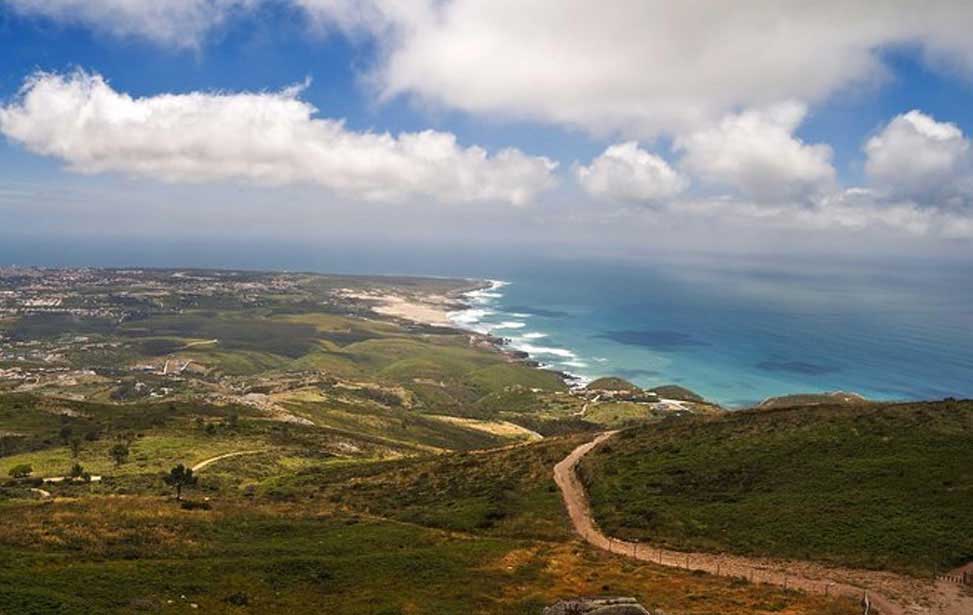
According to your preferences, following the trip to the wonderful Sintra mountains in a comfortable automatic climate-controlled van, free wifi and audio guide in Portuguese / English. Passing through the picturesque village of Sintra, Moorish Castle, Pena Palace, Quinta da Regaleira and Monserrate Palace, your choice, which you will visit until noon, Travel and visit the picturesque village Azenhas do Mar, on one of the Atlantic cliffs and get to know the westernmost point of Europe, Cabo da Roca. Destination to Cascais for a quiet stroll along the bay and traditional historical village. A perfect day!
(7) | 8 Hr | ✔ Free Cancellation
Check Availability
Dating back to 1918 and perched atop Peninha peak, the Palace of Peninha is a testament to Portugal's architectural heritage. Originally commissioned by the renowned entomologist and entrepreneur, António Augusto Carvalho Monteiro, who envisioned creating a smaller version of the iconic Pena Palace. Despite Monteiro's passing before its completion, his legacy lives on through this remarkable structure. After his demise, the palace changed hands and underwent various plans for completion, all within the Romanticism style. However, these plans never materialised, leaving the palace in a state of limbo. In 1991, the government acquired the 62-hectare estate, placing it under state management. Recently, in June 2017, initiatives were launched to revitalise the palace and explore potential uses for this historic gem, promising a future where its grandeur can once again shine bright.


Peninha Palace
|
The Sanctuary of Peninha (Santuário da Peninha) is close to the town of Malveira da Serra, part way between Sintra and Cascais. From Sintra, head south along the N9 towards Cascais, approximately 6km from Sintra, turn right onto the N9-1, signed to Malveira da Serra. Head along this road for about 4 miles (7km), just before the village, turn right on to Caminho dos Fetos a narrow but paved road. The journey is a further 1.5 miles (2.5km) along this road; after 400 metres, take a right at crossroads, then after a kilometre turn right at the T-junction after this continue straight on and uphill to the Peninha Chapel. |
